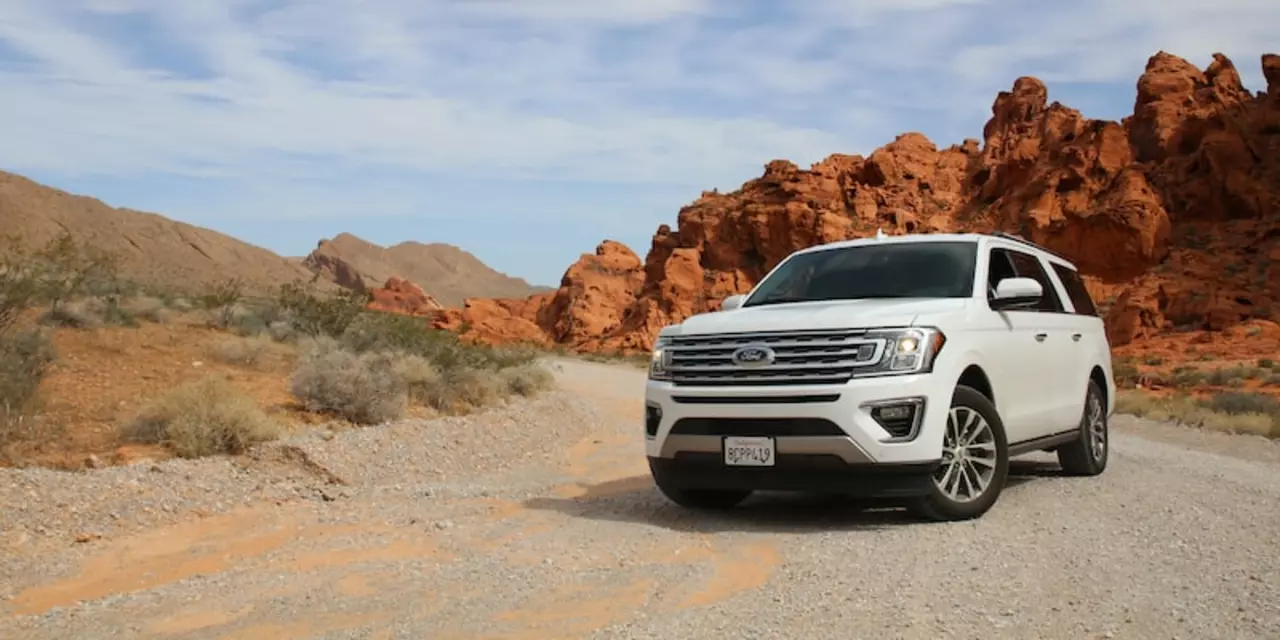Steering Wheel Essentials for Rally Drivers
When you’re tearing through gravel, snow or tarmac, the steering wheel does more than just turn the car. It’s your main link to the road, the only thing you can touch while you’re pushing the limits. Picking the right wheel and setting it up correctly can mean the difference between a clean run and a costly crash.
Choosing the Right Rally Steering Wheel
First off, size matters. Most rally cars use a wheel between 350 mm and 380 mm in diameter. That range gives you quick steering response without demanding huge arm movements. A smaller wheel feels snappy, but it can tire your forearms on long stages. A larger wheel offers more leverage, which helps on tight, twisty sections.
Material is the next big factor. Aluminum wheels are light and strong, while magnesium is even lighter but can be more expensive. If you’re on a budget, a well‑balanced aluminum wheel will do the job and still keep the car’s weight low.
Grip is often overlooked. A flat‑finished rim gives a secure feel, but many drivers prefer a slightly textured surface or a rubber‑coated grip ring. The grip ring adds comfort and prevents the wheel from slipping when you’re sweaty or wearing gloves.
Another thing to watch is the hub pattern. Rally cars usually have a 6‑bolt or 4‑bolt hub, so match the wheel to your car’s hub size. Mixing up the pattern means you’ll need adapters, which add weight and can affect balance.
Setting Up Your Wheel for Performance
Once you have the right wheel, dial in the position. Sit in the cockpit and pull the wheel toward you until your elbows are at about a 90‑degree angle. This gives you enough leverage without over‑reaching. Adjust the steering column tilt and telescopic reach until you can see the instrument cluster clearly without craning your neck.
Check the steering wheel’s balance. Spin the wheel by hand – it should feel smooth with no wobble. Any vibration will be amplified through the steering column and can make you lose confidence on fast sections.
Don’t forget the quick‑release mechanism. Most rally wheels use a push‑button or lever that lets you swap wheels in seconds. Make sure the latch clicks firmly and releases cleanly; a loose connection can be dangerous if you need to swap a wheel after an incident.
Finally, think about your steering wheel’s electronics. Modern rally cars often have a steering wheel‑mounted switch box for lights, wipers, and engine maps. Keep the layout simple: place the most used buttons within easy reach of your fingers, and label them if needed. This reduces the time you spend looking away from the road.
In practice, spend a few days testing the wheel on a local stage or a closed course. Notice how it feels in tight hairpins, high‑speed bends and off‑road sections. Small tweaks – like moving the grip ring a millimeter or tightening the quick‑release – can make a big difference when the pressure is on.
Remember, the steering wheel is an extension of your body. Treat it like any other piece of gear: pick the right size, material, and grip, set it up to match your posture, and keep it in good condition. With a well‑chosen and well‑set‑up wheel, you’ll drive with confidence, react faster, and enjoy every rally stage a bit more.
What are those long sticks in rally cars?
Rally cars use long sticks, also known as handbrakes or parking brakes, to help them maintain control in the corners and on slippery surfaces. The handbrakes are connected to the rear brakes of the vehicle and are operated by the driver. The handbrake allows the driver to maintain control while the car is cornering, while also allowing the car to be held in place when stopped. The handbrake can also be used to help the car maintain stability on slippery surfaces. By pulling the handbrake, the driver can apply the brakes to the rear wheels, helping the car to maintain grip and traction. The handbrake is a crucial part of a rally car and is essential for the driver to be able to navigate the track safely.
Read More

